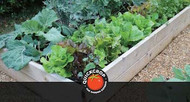What to Sow and Grow in July
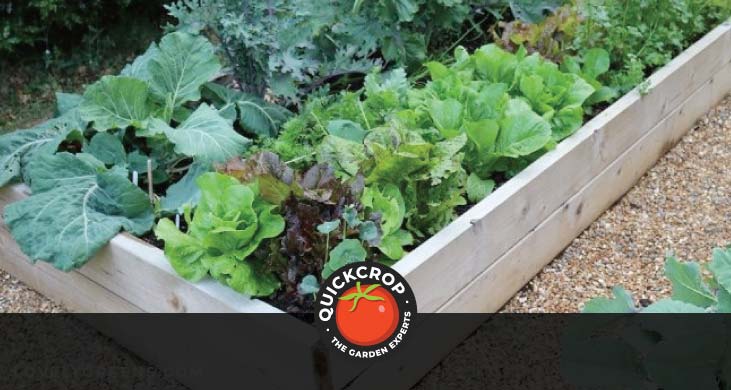
The vegetable garden was beginning to get very dry over the last few weeks - so much so that I found myself out with the hose watering crops, which can be a very tedious and time consuming job. So yesterday afternoon and evening I was relieved to hear the deafening roar of heavy rain while working in the polytunnel (if you've been in a large polytunnel in heavy rain you will know what I mean). The garden got a really good soaking and saved me a lot of work!
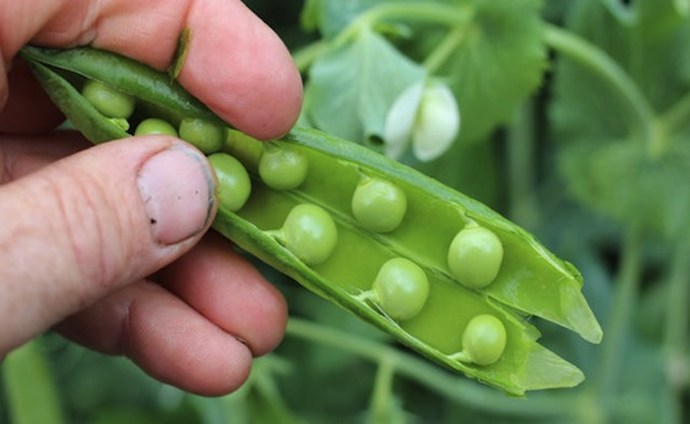
What Can You Sow and Grow in July?
- Lettuce
- Radish
- Asian Greens
- Beetroot
- Carrot
- Calabrese
- Chard and Perpetual Spinach
- Dwarf French Beans
- Florence Fennel
- Kale
- Kohlrabi
- Spinach
- Swede
- Turnip
- Radicchio
Despite the fact that it is relatively late in the season, July is still a month full of promise: both for the ripening crops (peas, beans, potatoes, calabrese etc...) and for new crops to be sown to replace those that you harvest.
Apart from the production of beautiful vegetable specimens, the hallmark of a really good gardener is keeping beds productive throughout the season by always having seedling plants ready to fill gaps once they appear.

Premier 22.5cm FSC Timber Raised Garden Beds
View ProductRemember that once we get past the longest day of the year and start going the other way we need to be decisive with our sowing and get the seeds in rather than pontificating. Unlike spring and early summer, you no longer have 'catch up' time. The most important thing is to just get sowing: once the seed is in the ground and germinating, then you can worry about where you are going to put the plants.
Quick maturing salad crops
Lettuce
Lettuce can be sown for outdoor growing from April until the end of July in cooler gardens, and until the end of August in warmer areas or for growing in the polytunnel. Regular sowing is much better than getting the last out of tired plants that will get bitter; you are better to always have fresh stock on hand.
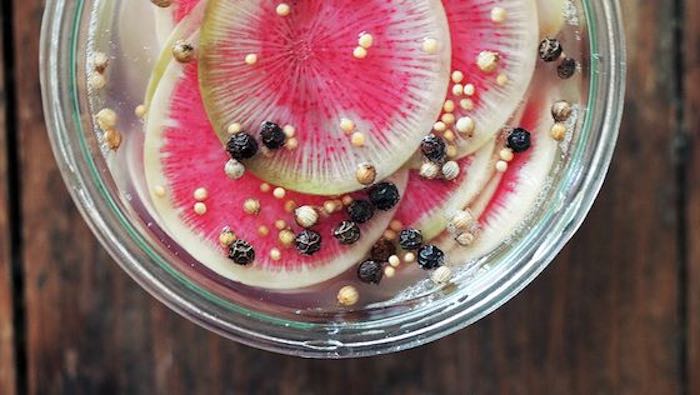
Radish
Like lettuce, summer radish can be sown throughout the summer, with the last sowing in by late August. July and August are also the best months to sow the larger winter radishes like China Rose, Black Spanish, Watermelon or Oriental Mooli types.
I would recommend sowing winter radishes from mid July: they are harvested in October and can be stored in boxes of sand or used to make a delicious pickle.
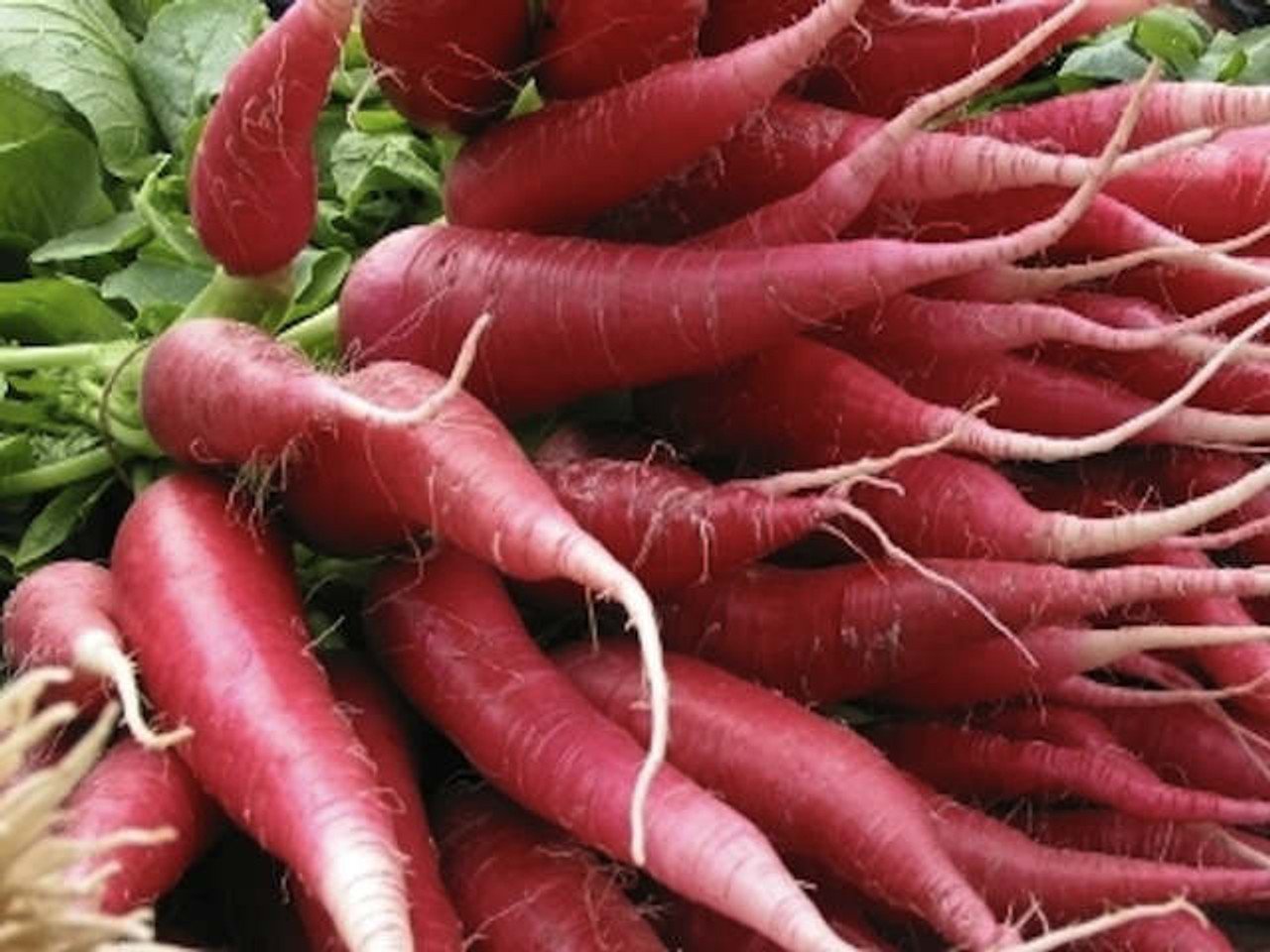
'China Rose' Radish
View ProductAsian Greens
Asian salads like rocket, mizuna and mustard leaf (green and red frills) add a delicious peppery punch to salads, but they are guaranteed to bolt (run to seed) and will likely be attacked by flea beetle if sown before midsummer.
Sowings from July to early September will be unlikely to bolt and, if you wait until the end of July, flea beetle numbers will be much reduced. Asian vegetables also include larger crops like Pak Choi and Chinese cabbage, which are fantastic if you can keep slugs at bay - particularly Chinese cabbage which can be used for making spicy Korean Kimchi.
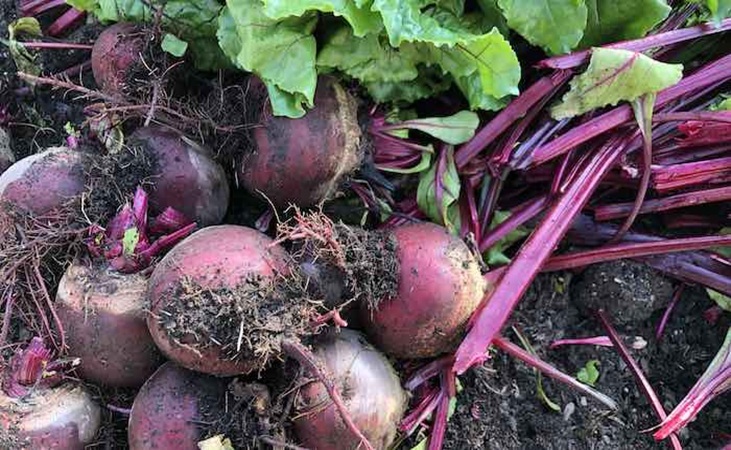
Late summer vegetables
Beetroot
One of the easiest vegetables you can grow and one that is much more versatile than you might think; beetroot can be used grated, juiced, roasted, pickled or made into brownies.
The trick to sweet and tender roots is even growth with plenty of moisture, which can be easier in late summer than it is in June. If you want large beetroot, sow early in July to have enough growing time left in the season.
Carrot
You can still sow carrots in July, but you need to get on with it and use a faster-maturing early variety like 'Early Nantes'. I never see anyone talking about sowing carrots in the polytunnel, but I had a very successful early crop and am thinking an Autumn crop for pulling over winter might be a good idea.
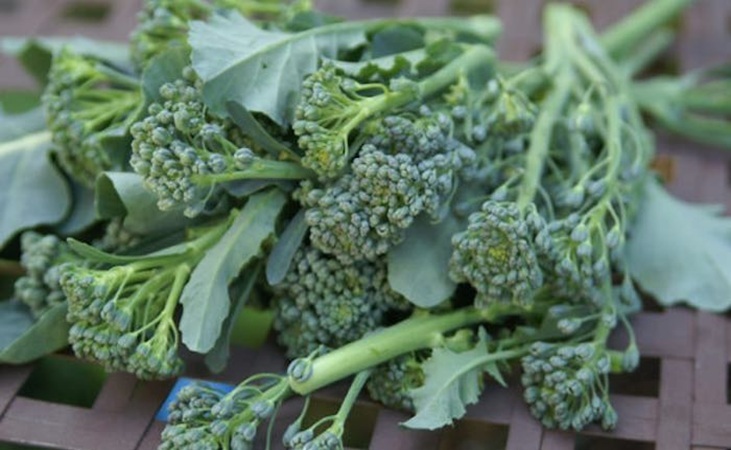
Calabrese & Calabrese Green Sprouting
Calabrese (the big green head referred to as broccoli in the shops) is a relatively fast growing member of the cabbage family that can be sown as late as July for a good sized head in autumn. Calabrese green sprouting (above), which produces numerous side shoots rather than one big head, is an excellent autumn crop which will give many weeks of harvests from an early July sowing.
For both, you need to keep a close eye out for cabbage white butterfly eggs and caterpillars, which will rampage through your crops is left to their own devices. I would highly recommend growing under insect protection mesh for this reason.

Micromesh Bulk Roll 1.8m
View ProductChard and Perpetual Spinach
I don't particularly like chard or perpetual spinach, but if you like vegetables with a mildly unpleasant aftertaste then this stuff is a good option for July sowing, as it will give bountiful crops of foul tasting leaves in Autumn.
It will also usually survive the winter (in mild areas) before imposing itself on your taste buds again the following spring, until it mercifully goes to seed in April/May.
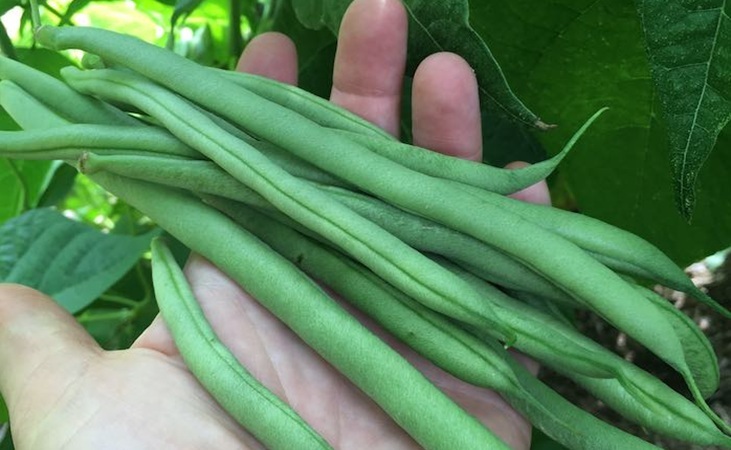
Dwarf French Beans
While French beans are usually sown in May and seen as a mid summer crop, they can also be sown for a late crop to follow garlic harvested in mid July. You need to be quick about it, but if beans are sown in the first or second week of July they will crop well in autumn if you have a warm, sheltered garden.
I find dwarf French beans (Safari and Purple Teepee) an ideal crop for the polytunnel in July; they will germinate easily when sown direct and be a very productive autumn crop.

French Bean, (Dwarf) 'Purple Teepee'
View ProductFlorence Fennel
Another underrated and less common vegetable, Florence Fennel produces aniseed flavoured bulbs which add fresh flavour to a salad or are deliciously sweet when roasted. The last sowing date for decent sized bulbs in autumn is mid July, so it needs to be done soon. Later sowings are possible for smaller bulbs, or for growing in the polytunnel.
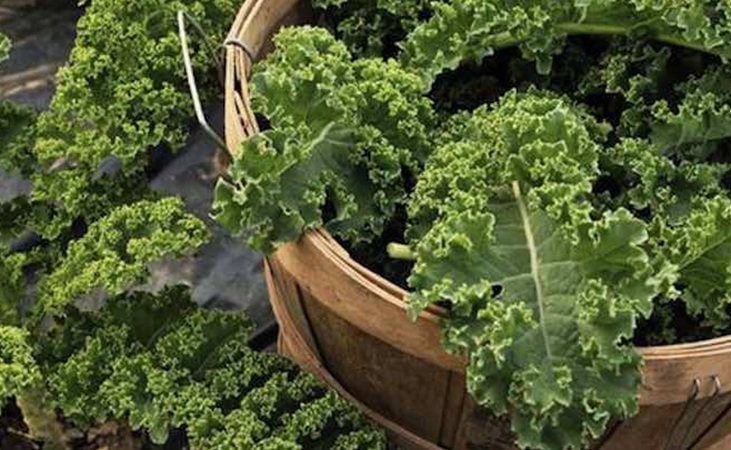
Kale
Kale is one of those vegetables that doesn't sound very exciting until it is mid winter and you are looking for some fresh greens. I think early July is probably the best time to sow all varieties, as it can be used to fill gaps left by other vegetables that have reached the end of their season.
I think I mentioned this recently, but sow in modular trays now and pot on to a larger pot if space isn't available. A large plant is much quicker to establish anyway, and is unlikely to be bothered by slugs. Remember kale also produces delicious broccoli-like sprouts in early spring which are the finest of fare.
Kohl Rabi
A relatively fast maturing crop ready about 10 weeks after sowing, so it's also suitable for sowing in early July for September harvests. Kohl rabi is a round brassica stem which tastes similar to (but better than) a turnip. It is very tasty when roasted, but particularly good grated fresh into a coleslaw.
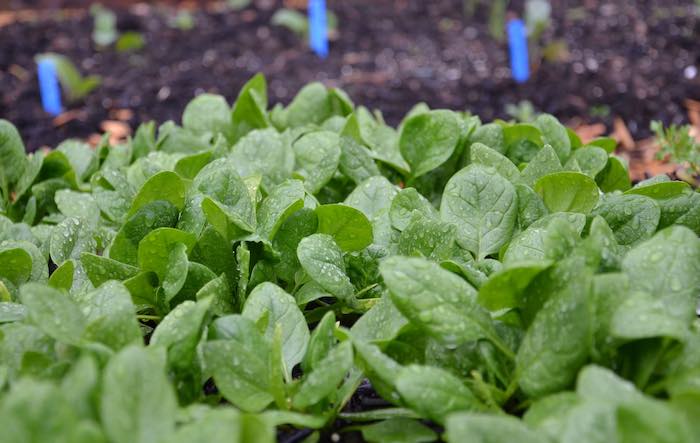
Spinach
Annual spinach is very likely to bolt before mid summer so is often better as a late summer or Autumn crop, especially in hot, dry gardens. For autumn crops choose a faster growing 'short day' cultivar like Traithlon F1, Banjo F1 or Galaxy F1 and sow mid to late summer. Later sowings will survive the winter in mild areas and contine cropping in spring.
Swede
I suppose it is a matter of taste, but I think swede has a much better flavour than turnip and is one of the best winter harvested crops. They are also frost hardy so can stay in the ground over winter (up until early April in most gardens), so a very good crop to sow now and have in the bank.
Early July is late for swede so they won't be the biggest examples, but provided you get them sown in the next week they will reach a very worthwhile size.

Turnip
The advantage of turnip is it is relatively fast growing - especially the smooth, round roots of 'Tokyo Cross' (above) - so is a valuable late season crop to fill any gaps after summer harvests and before winter closes in.
You can sow as late as August; I would go for early August in cooler gardens for decent size roots. As I said, I am not exactly bowled over by the flavour but they do shine in winter stews etc...

Turnip Tokyo Cross - F1
View ProductRadicchio
I have become a fan of radicchio in recent years. Although it has a bitter taste, it is nonetheless a very fresh and interesting flavour. In Italy it is often eaten cooked, braised in a little butter which is also very good. For generous hearts it is better to sow in the first week of July, but if we have a decent autumn you will also pick reasonably sized radicchio if sown by the third week.
Looking After Crops In Dry Conditions
At this time of year, new potatoes and onions are coming close to harvest time and - if conditions are very dry - they can fail to bulk up. Potatoes in particular will be very disappointing if they are low in moisture in their final weeks, so it is well worth giving a good soaking twice a week: it will make a significant difference.
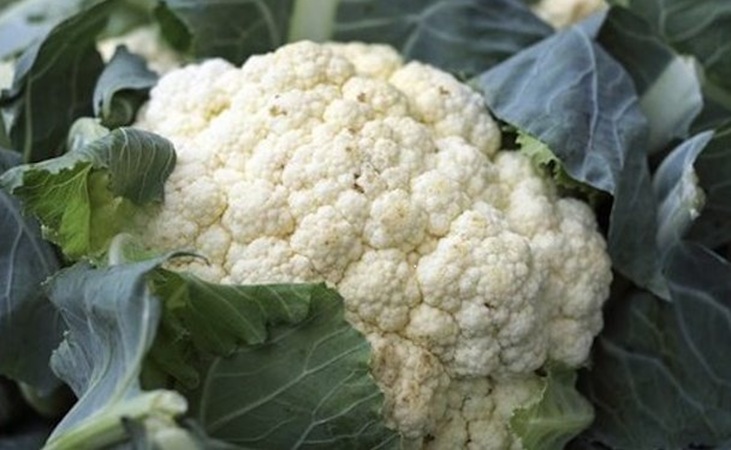
Other crops to keep an eye out for include large heading brassicas like cauliflower or broccoli calabrese, as dry conditions will bring forward flowering time - and therefore reduce the size of the head. Wetland plants like celery or celeriac should also be watered if it hasn't rained for more than a week.
If you are watering, give a good soaking every few days rather than watering little and often. Light watering encourages shallow root systems that are less drought tolerant.
